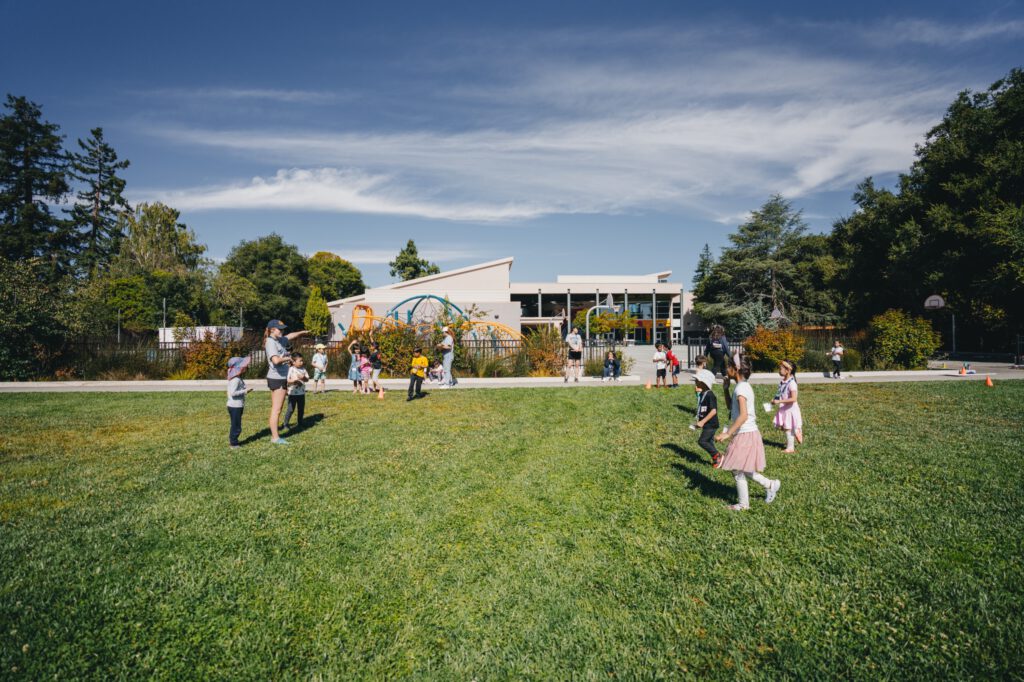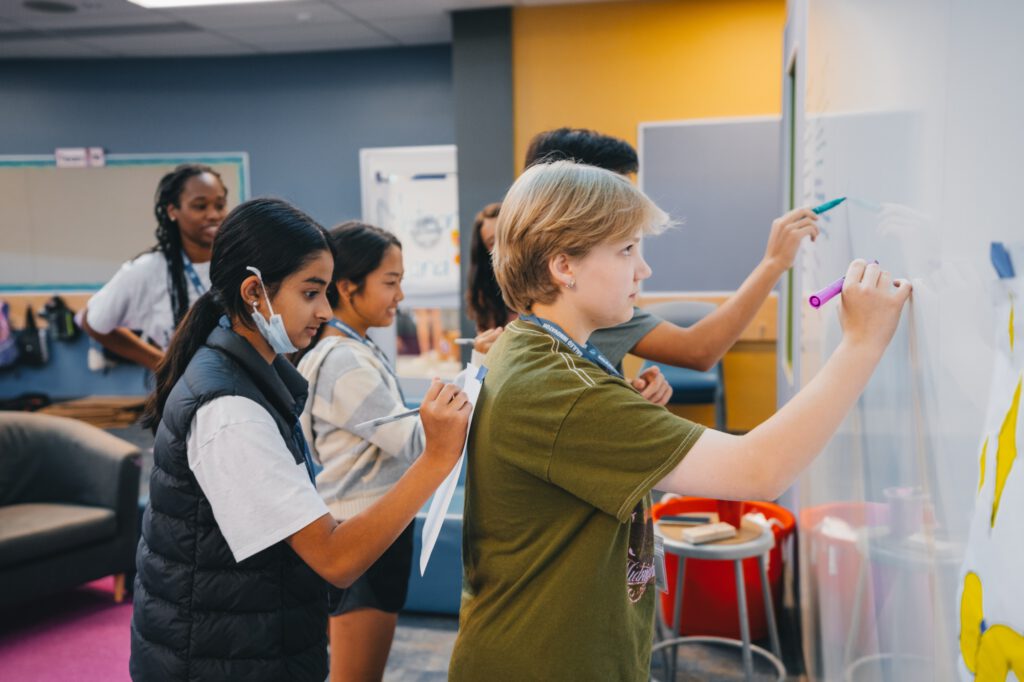Time and again, when schools cut budgets, the arts suffer. Arts education is often misunderstood, dismissed as a ‘soft subject’ or seen as a nice-to-have extra. However, it’s a critical element in developing creative, well-rounded young people who can think out of the box.
As far as we’re concerned, diverting resources away from visual and performing arts is a tragedy — and research suggests that we’re not exaggerating.
Studies Say
A 2013 study conducted by Michigan State University academics found that slashing funding to the arts has a detrimental effect on the economy.1 Through interviews with graduates who majored in science, technology, engineering, and mathematics (STEM) subjects in the early 90s, the researchers found that these individuals had substantially more arts and crafts knowledge than the average American.

Additionally, the same study found that there’s a significant correlation between consistently doing arts and crafts, inventing patentable products, as well as founding new companies. With this in mind, art can be considered much more than a hobby: it’s a key ingredient for generating changemakers, innovators, and entrepreneurs, all of whom are the lifeblood of any thriving economy.
Furthermore, a 2015 Dartmouth study suggests that taking visual art lessons reorganizes the brain’s white matter and improves creative thinking.2 A 2013 study by researchers at Oxford University3 has also concluded that as robots increasingly do the work of people, the labor market will grow in sectors where human creativity reigns supreme.
Clearly, exposure to and participation in the arts fosters the creative skills that are fundamental to problem-solving and future employment.
The Benefits Of Art
Learning can—and should—be fun. You don’t need us to tell you that when children enjoy doing something, they’re more likely to stick with it. Making art requires imagination and is a form of focused play. It’s a fantastic way to keep kids motivated to learn while teaching them useful skills at the same time.

According to Mary Ann F. Kohl, the author of Primary Art: It’s the Process, Not the Product art improves young children’s fine motor skills as they get more comfortable wielding paintbrushes and other instruments and enhances their capacity for analysis and dealing with obstacles.4 Observational drawings—like the still life projects we might remember from that time we rendered a bowl of fruit in chalk pastel—teach children to pay attention to detail and hone their awareness.
Art helps relieve stress and anxiety and boosts self-esteem. For many kids, having power over what they create is incredibly gratifying. When allowed the opportunity to artistically experiment, children feel empowered to innovate and try new approaches—a feeling that can manifest in other areas of their lives. Crafting something requires patience, too, so kids get the added benefit of experiencing delayed gratification.
If your child finds that they’re not particularly talented at something right off the bat—and the odds that you’re sitting across the dinner table from Picasso reincarnated are extremely slim—it’s a fantastic opportunity to praise them for trying something new and challenging and encourage them to keep practicing to improve (we’ve written about this before; learn more here). And if it turns out that multimedia sculpting just isn’t your kid’s cup of tea and they gravitate towards something else, no sweat. Whether your kid is into piano, pottery, photography, or poetry, your job is simply to nurture their interest.

Whether you picture your kid as the next Steve Jobs or just aspire for them to become an independent adult who can confidently navigate life’s obstacles, you can’t go wrong with encouraging your kids to make things. But be prepared: sometimes that goes hand-in-hand with making a mess. We recommend dedicating a mess-friendly space in your home to crafting, preferably far away from any furniture you don’t want to see Jackson Pollocked. Don’t say we didn’t warn you!
Art Outside of School
With art frequently sidelined in formal education, it’s important to find other avenues for your children to express themselves and cultivate interests that they may not discover elsewhere.
At Galileo’s summer camps, children are provided with all the tools necessary for creative art projects alongside explorations in science, technology, and outdoor play
If you’re interested in learning more about our summer camps, click the button below to find a camp near you. ????
Sources:
- https://www.researchgate.net/publication/258134674_Arts_and_Crafts_Critical_to_Economic_Innovation
- https://culturecase.org/research/2017/07/how-learning-visual-art-improves-creativity-and-changes-the-brain/
- https://www.oxfordmartin.ox.ac.uk/downloads/academic/The_Future_of_Employment.pdf
- https://www.amazon.com/Primary-Art-Its-Process-Product/dp/0876592833



